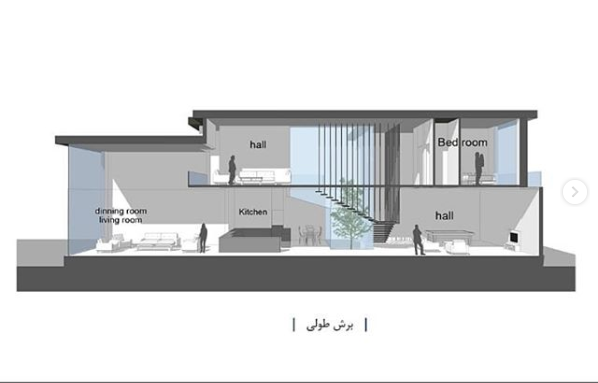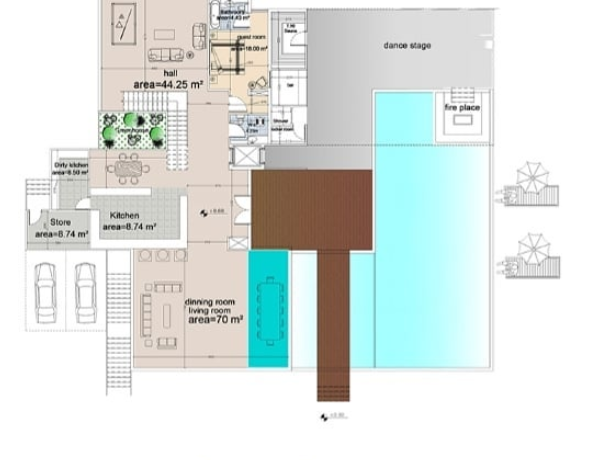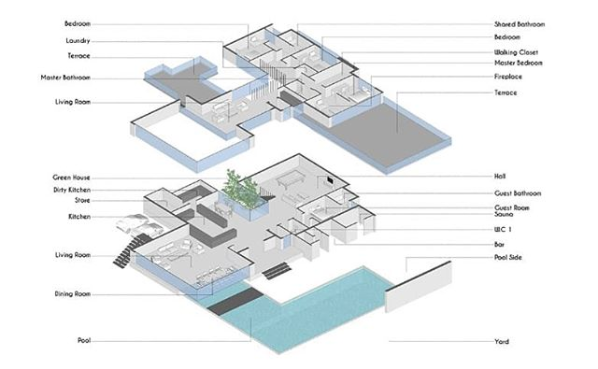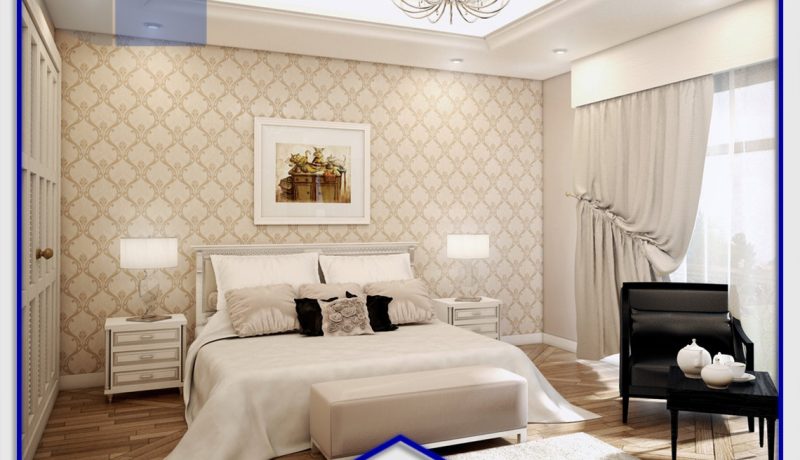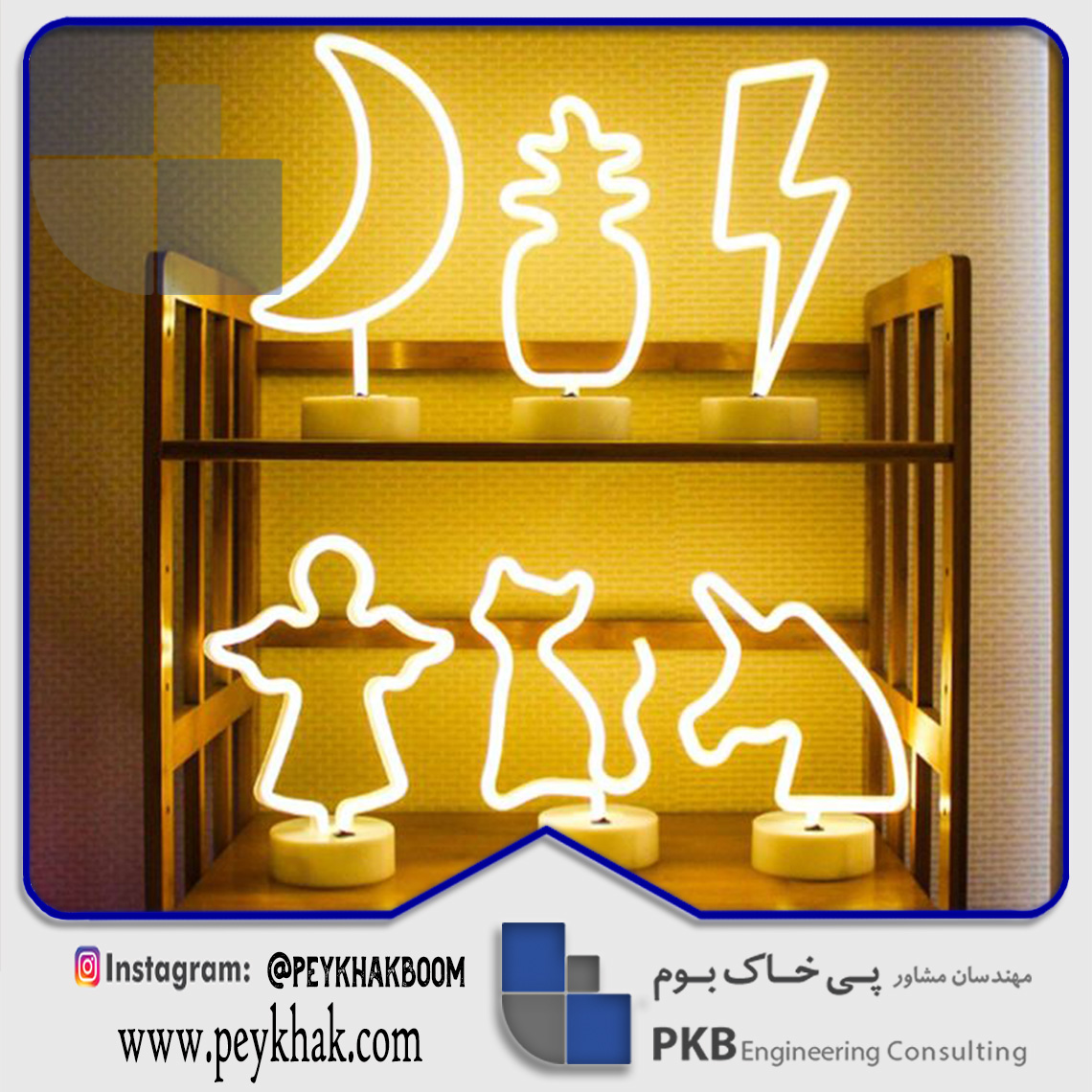HID lamps or high drain lamps
These lamps produce a great deal of light and are not suitable for home use. They are used in outdoor lamps, stadiums, public areas, streets, roads and parking lots. Safety is very important in making these lamps.
LED lamps
This type of light bulb directs light through electrons in a semiconductor device. LED bulbs produce much more light than incandescent bulbs, while consuming much less energy and lasting longer. They basically put the LEDs in a bubble so that it can be used as a lamp. These lamps can produce different color lights without color filters. The cost of buying an LED is slightly higher than other lamps.
Metal halide lamps
The lamps have an arc-shaped duct made of ceramic or quartz, with mercury, MH salt and gas flowing through it. The light they produce is greater than their size, and they are very efficient. Most of these lamps are used in auditoriums, playgrounds and outdoor areas.
Sodium low pressure lamps
Sodium lamps work similar to fluorescent lamps and take a few seconds to illuminate. These light bulbs produce a great deal of light and are suitable for outdoor use, roads, etc.
What lamps should you consider when choosing the right light?
The first step in choosing the right light is choosing the right lamp. There are light sources that, in addition to being better for the eye, produce more energy. These lamps come in a variety of prices and applications, and finally, by exploring them and explaining their features, you can choose the right light.
Solar Lamps (Warm Light Bulb)
The first lamp you can put on your “Choose the right light” list is the solar lamp. These traditional lamps produce warmer light and emit less UV radiation than white light bulbs. The only problem with these lamps is their high energy consumption and cost, but one of the best options is choosing the right light.
Full spectrum lamps
The term optical spectrum does not refer to a particular type of lamp, but rather to a criterion for the health of some lamps. These types of light bulbs simulate natural light and balance the brightness and contrast of the light bulb. The makers of these lamps believe that the light of these lamps enhances readability, color perception and mood.
LED lamps
You can also use LED lamps to choose the right light! These bulbs are more expensive than other bulbs but are very energy efficient. These lamps do not produce any UV rays. There are many misconceptions about these lamps.
For example, many people believe that these lamps can only produce cold and blue light, while LED lamps have a color spectrum and produce warm light. Another misconception is that many people think that the amount of energy saved by these lamps is too low. But studies show that the energy consumption of these lamps is about half the energy consumption of incandescent and fluorescent lamps.
Compact fluorescent lamps or CLFs
In addition to producing low UV rays, these lamps emit more light than the conventional incandescent and fluorescent lamps. Their light is lower than the LED bulbs, but they are less expensive than the bulbs. One of the drawbacks of this type of lamp is the mercury that it produces, but it is much less than the mercury produced by conventional fluorescent lamps.
Introduced lamps show the least amount of damage and you can use them to select the right lighting for your room.
Choose the right lighting and use of each room
The choice of appropriate lighting should be taken into account in each location and the amount of light in each room should be chosen according to its application. Generally, lighting is divided into three models: ambient lighting, working lighting, accent lighting.
Ambient or general lighting is the amount of light used to light a room. In addition to the usual use of natural light in a room, this lighting tries to make the room brighter. Chandeliers, bulbs, wall lamps, etc. can be used for this purpose.
Using lighting will allow you to have more light than the natural light in space. So by focusing the lamps and lights on different locations, you try to create optical contrast. Desktop lights, study lights, and cabinets and cabinets are the most common types of lighting. Other lamps can be used for this lighting, but the type and style of these lamps, the way they are used in the environment, and the amount of light they use are effective.
Accent lighting illuminates a particular environment. This type of lighting is mainly used to focus light on an artwork. This way the light is focused on the effect and the surrounding effect should be darker and create a shadow around it.
To choose the right light and use these techniques, you need to consider what you use in one room and then use different techniques. It is best to start with ambient lighting and then work lighting and then acce lighting.

